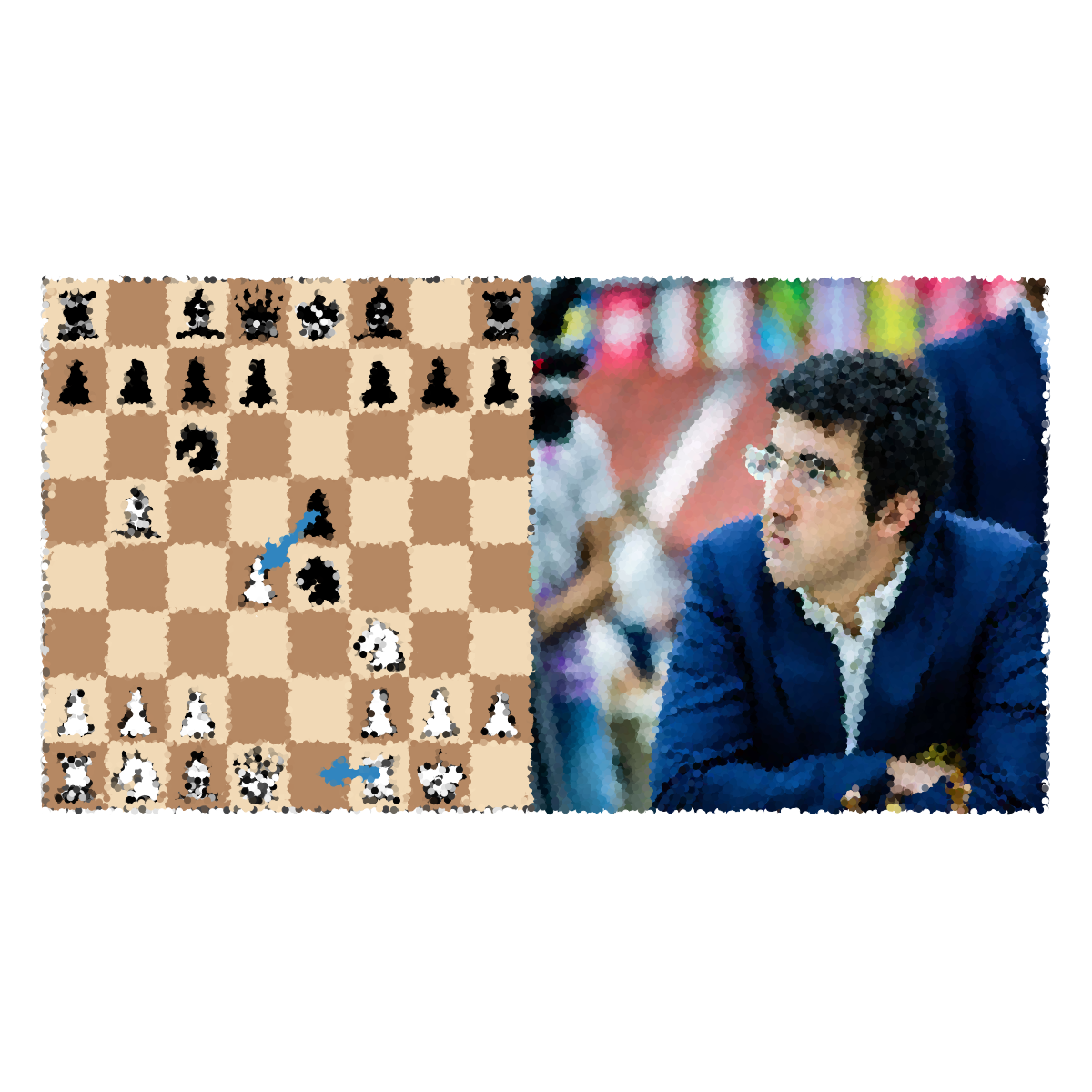The Philidor defense is a very sound opening against 1. e4. Yet, somehow it has the reputation of being passive and inferior. I hope this article will convince you that this opening is more interesting for Black than it seems, and even if it is not as popular as the Berlin defense or the Italian game, it deserves to be studied.
In the open games, Black often replies to Nf3 with Nc6.
2. Nc6 is a very good move, but Black has alternatives and is not forced to play it. The Philidor defense is a possibility for Black. Let’s see this opening together.
Unlike the openings we have studied until now, The Philidor defense consists in defending the e5-pawn with the move d6 instead of Nc6. What does it change ?
After a quick analysis, we can therefore say that White has a small advantage here. However, the advantage of this opening for Black is that there are probably less possibilities for White to play, reducing the complexity from Black’s point of view.
Therefore, the Philidor defense is probably simpler to play than the classical Nc6, even if this is a richer opening than most people think. White’s plan is to use the better mobility of his pieces and his space advantage, while Black is trying to play solid and counterattack if an opportunity arises.
Now, after White’s 3. d4, Black actually has several moves to choose from.
The Philidor Countergambit
The Exchange Variation Of The Philidor Defense
3… f5 being a bold but slightly unsound move, we can now jump to more mainstream options, starting with the one that is played 90% of the time by casual players: the exchange variation of the Philidor defense.
To conclude, a simple position, with an easier play for White, but good long term options for Black.
The Nimzowitsch Variation Of The Philidor Defense
But Black can play with more complex and probably more interesting moves as well, even if those lines are less often played at club level. So let’s have a look to the Nimzowitsch variation of the Philidor defense. Truth be told, we are only going to look at one particular line. As it is tactical, quite forced and very concrete, there will be a long line of moves.
The position is tricky to handle for Black here: so if you play it, be prepared !
The Hanham variation Of The Philidor Defense
The last possibility for Black is probably the most interesting one, and it is the line favored by top level players when they play the Philidor.
To understand how to reach the Hanham variation, the best is to study the position and the pawn structure Black wants to get.
Of course, this is not the end of Black’s problems, for instance, at the moment, the c8-Bishop does not have a lot of squares to target. This should nevertheless be fixed when some pieces are exchanged.
No there is nothing wrong with this position, the real problem for Black is how to get there ?
As we have already seen above, after 3… Nf6, White can force a sharp line in which Black has some concrete issues to solve, so this is not an option.
The previous line shows that Black cannot easily reach the Hanham variation , as White seems to always have a possibility to force a line in which he ultimately gets a significant advantage.
For this reason, in the last decades or so, Black came up with another idea: reach the Philidor defense after playing the first moves of a Pirc defense. Smart !
This previous pawn structure can also be reached in the Sveshnikov variation of the Sicilian defense, Black’s plans and ideas can be similar in those two defenses.
To conclude with the Hanham setup, it is a very interesting and solid setup, probably even the best position Black can get from the Philidor defense. However, reaching it from the classical move order of the Philidor is like walking on a landmine with Black ! It is much better to reach it from the Pirc move order.
A last quiz
Time to have a look to an interesting sideline now, where White is playing another move.
The reason 3… Nf6 is bad is clearer if you think about the Two Knights’ defense.
Facing the Philidor defense with White is often a good surprise because it gives a small advantage with few risks. Black can choose this opening to play solid, looking for a long-term advantage, but has to remain careful about some sharp and tricky lines White can try.
In the next chapter, we continue our investigation on “What happens if Black does not play 2… Nc6 ?” with the Petrov defense.



